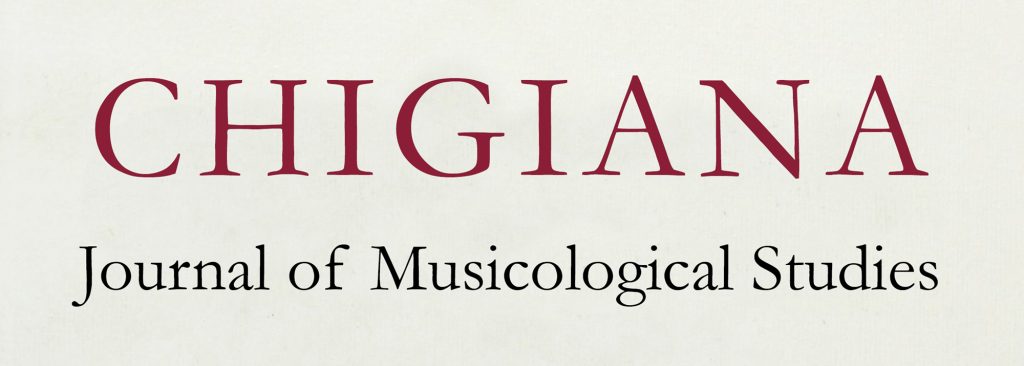
Merging the Visual and Sonic:
The Multisensory Experience of Andrew May’s Unset
Jessica Stearns (University of North Texas)
In Andrew May’s Unset, an ensemble of wind and string instruments perform with computer music and ad libitum percussion alongside Donald Judd’s 15 untitled works in concrete, located outside on the desert grounds of the Chinati Foundation in Marfa, Texas. Performers and speakers for the computer music project sound through the concrete works, transforming the art into musical instruments and also merging the performers and computers with the art. The hour-long composition unfolds as the sun sets and the audience ambles down a path adjacent to the concrete pieces, listening to and viewing the individual musicians stationed at each work. Unlike traditional performance spaces in which there is a clear separation between a seated audience and musicians, the venue for Unset permits audience members to move freely between Judd’s works, allowing them to decide how long they observe a concrete piece or listen to a specific performer, sometimes leaving a musician playing without an audience. In addition to the artworks and music, the musicians and audience also experience the soundscape and landscape of the site, including views of the desert and sunset as well as sounds of wildlife. The unconventional performance space for Unset challenges the typical roles of both musicians and audience members, creating an experience that fuses visual art, music, and the environment and defies the standard expectations of a musical performance.
Through a visual and spatial analysis of the Chinati grounds and Judd’s concrete works in conjunction with a performance analysis of Unset, this paper explores the numerous ways in which May’s composition blends visual and sonic elements and upends the conventional musical experience of performers and audience members. This investigation furthers our understanding of the roles in such multisensory musical events and the new expectations they create for performers and audiences.
Nell’opera Unset di Andrew May, un ensemble di fiati e archi si esibisce con computer music e percussioni ad libitum accanto alle 15 untitled works in concrete di Donald Judd, sul terreno desertico della Chinati Foundation a Marfa, in Texas. I performer e gli altoparlanti proiettano il suono attraverso le opere in cemento, trasformando le opere d’arte in strumenti musicali e integrando i performer e i computer nelle opere d’arte.
La performance, della durata di un’ora, si svolge al tramonto; il pubblico passeggia su un percorso adiacente alle opere in cemento, ascoltando e osservando i singoli musicisti dislocati vicino a ogni opera. A differenza degli spazi esecutivi tradizionali, in cui c’è una netta separazione tra il pubblico seduto e i musicisti, la location di Unset permette di muoversi liberamente tra le opere di Judd, lasciando agli spettatori la libertà di decidere per quanto tempo osservare un’opera di cemento o ascoltare un particolare esecutore, anche lasciando che un musicista suoni senza pubblico.
Oltre alle opere d’arte e alla musica, i musicisti e il pubblico sperimentano anche il paesaggio sonoro e il panorama del luogo, guardando il deserto e il tramonto e ascoltando i suoni della fauna selvatica. Lo spazio esecutivo non convenzionale di Unset mette in discussioni i ruoli tradizionali di musicisti e pubblico, creando un’esperienza che fonde arte visiva, musica e ambiente. Attraverso un’analisi visiva e spaziale dei territori di Chinati e delle opere in cemento di Judd, combinata a un’analisi della performance di Unset, la relazione evidenzia i diversi modi in cui la composizione di May fonde elementi visivi e sonori, innescando delle dinamiche multisensoriali che modificano l’esperienza convenzionale di artisti e pubblico.
